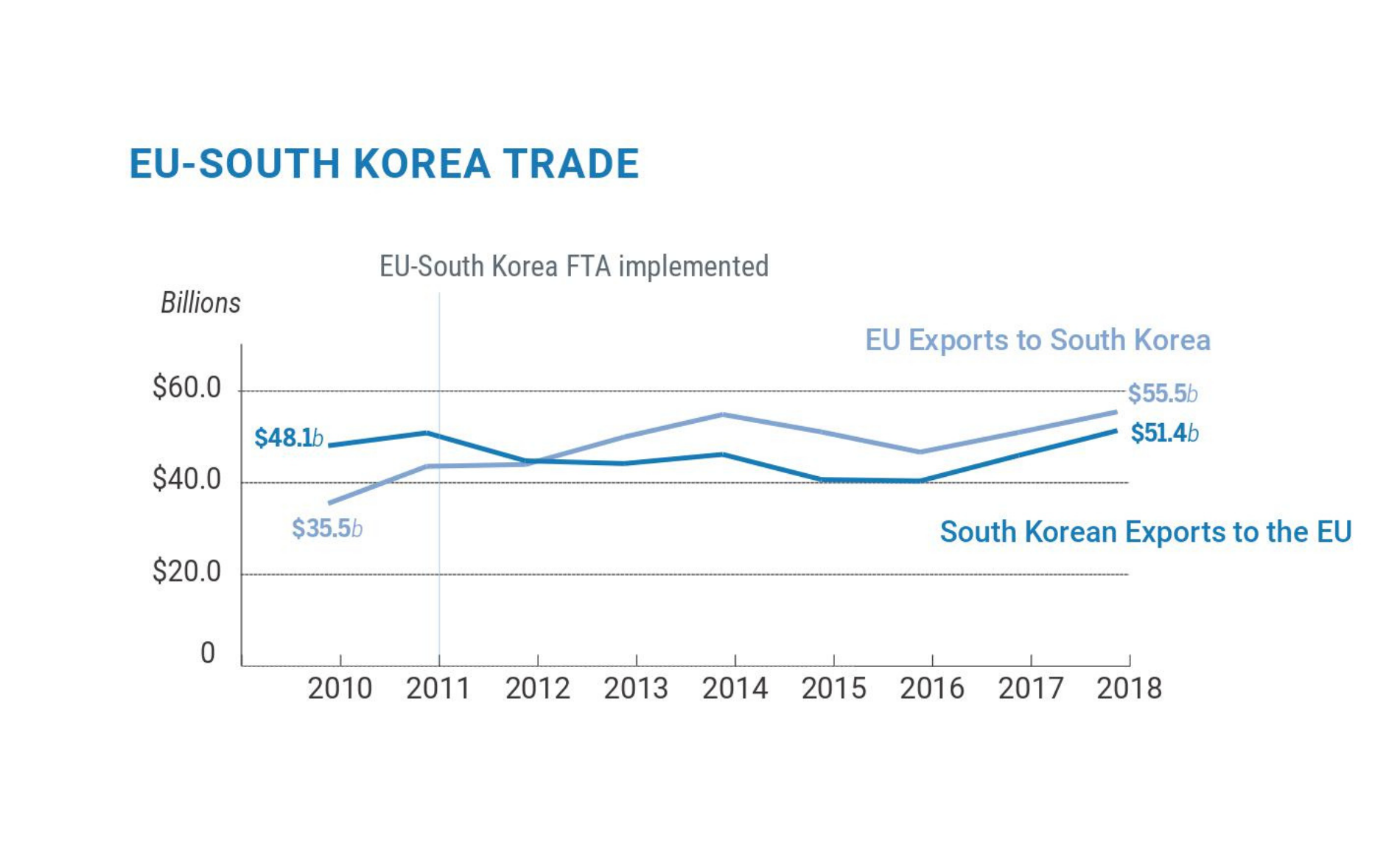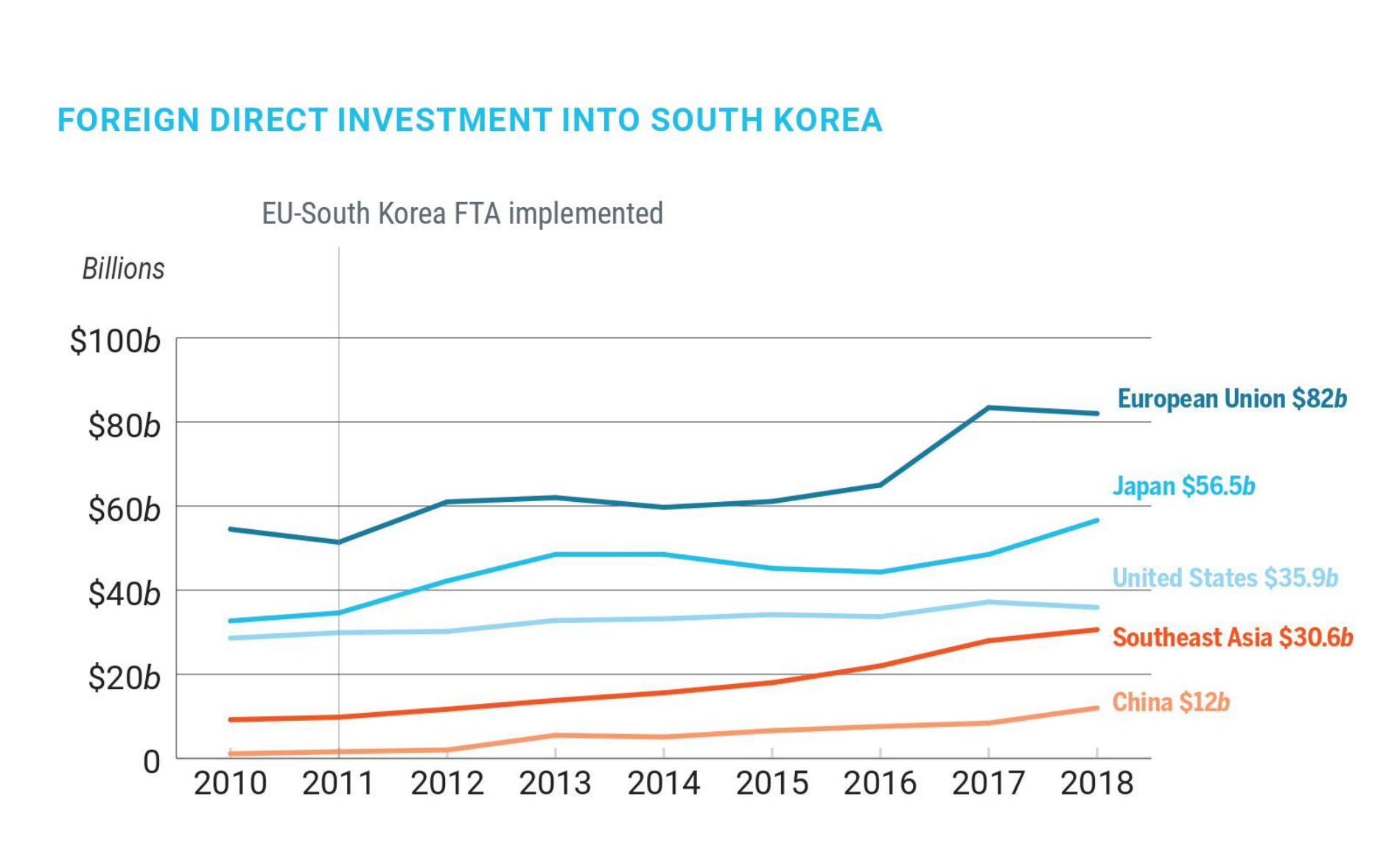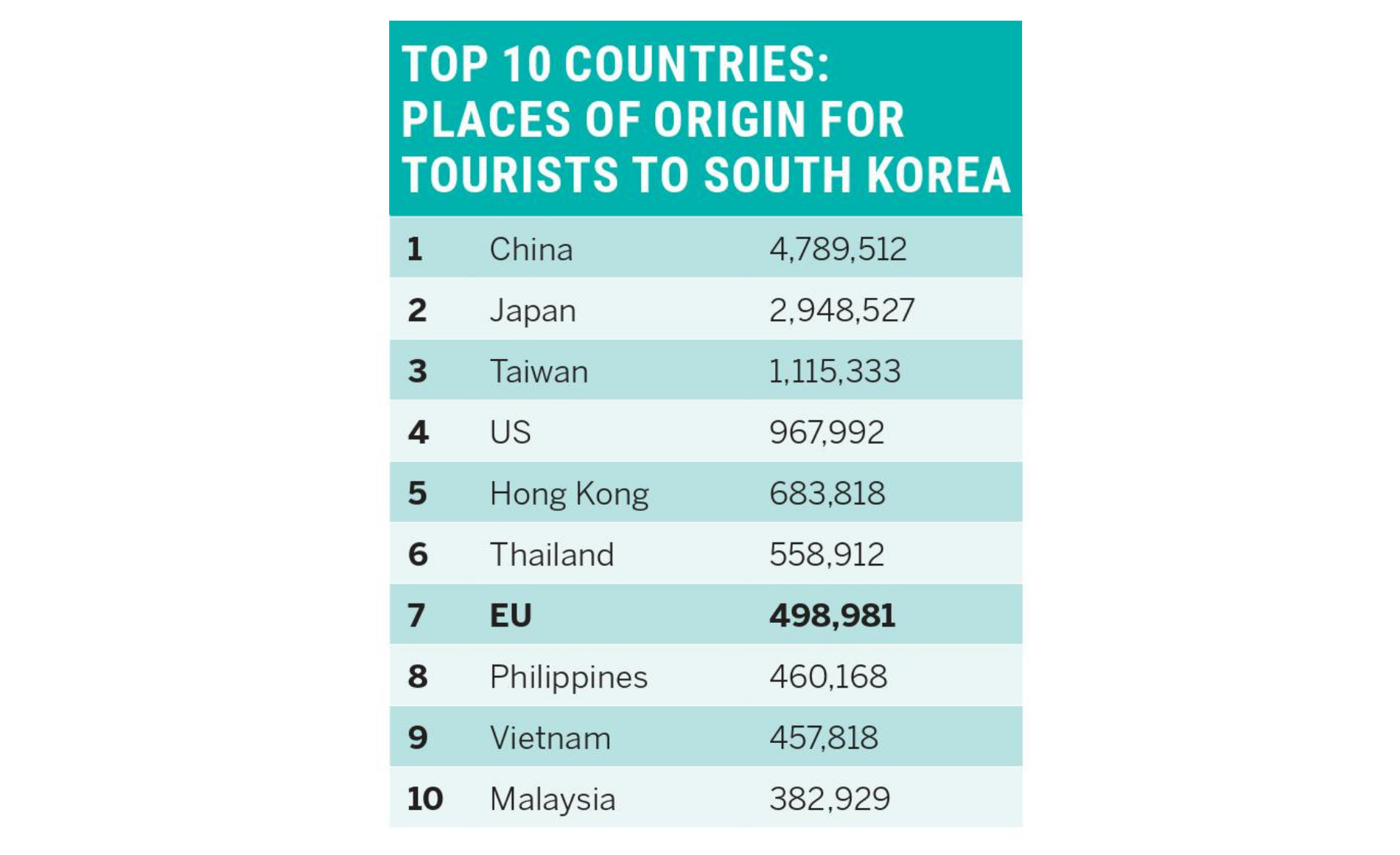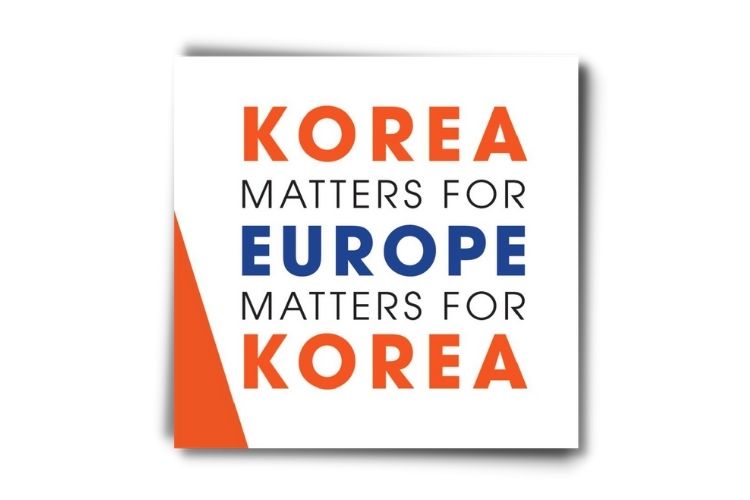‘Korea Matters for Europe/Europe Matters for Korea’ is the title of a new publication co-authored by the KF-VUF Korea Chair, the Asan Institute for Policy Studies, the East-West Center in Washington, and the Korea Institute for International Economic Policy (KIEP)
1
. Coming out ten years after the EU and South Korea signed their Strategic Partnership and Free Trade agreements, this publication maps out the relationship between the EU and its 27 member states on the one hand and South Korea on the other. The publication’s key finding? The EU and South Korea have become increasingly important to each other over the past decade.Economic Relations
The EU’s FTA with South Korea was signed in September 2010, and entered into force in July 2011. For Brussels, it was its first next generation trade agreement. It went well beyond tariffs to also cover areas such as standards, regulations, or investment measures. This FTA was also the first between the EU and an Asian country. And it was signed in the context of the EU’s ‘Global Europe’ strategy, launched in October 2006 to sign bilateral FTAs with countries with great market potential, a degree of protectionism against EU exports, and (potentially) involved in negotiations with the EU’s competitors – most notably the United States.
In the case of South Korea, the trade deal with the EU followed from the FTA Roadmap announced in September 2003. The roadmap established that South Korea should sign FTAs based on two principles: to clinch as many FTAs as possible in the shortest time possible to regain South Korea’s competitiveness, and to follow multiple FTA negotiations in parallel. Furthermore, the roadmap established that South Korea should prioritise FTAs with big trading countries. Based on this roadmap, South Korea prioritised FTAs with the ‘big three’ of the EU, the United States, and China. The FTA with the EU was the first to enter into force with any of them.
The economic benefits of the FTA are undeniable. Focusing on the EU side, exports of transport vehicles went up by 256 percent between 2010 and 2018. Those BMWs and Mercedes now relatively common in the streets of Seoul were a rarity only ten years ago. Meanwhile, food product exports went up by 387 percent during the same time period. If you were in Busan before the FTA entered into force, you may have had to travel all the way to Shinsegae to buy an (expensive) bottle of Rioja. Today, you can swing by your corner shop to get a (cheaper) one.
Looking at the South Korean side, exports of consumer goods went up by 165 percent during 2010-18. Samsung and LG flat-screen TVs might be world-beating. But it also helps that the FTA makes them cheaper to European consumers’ pockets than they would otherwise be. And food exports from South Korea to the EU have gone up as well, by as much as 387 percent. Your well stocked Korean supermarket in Amsterdam or Berlin is certainly less pricey today than it was a decade ago.

Bilateral investment between the EU and South Korea has also gone up since the FTA was signed and launched. The investment stock of the EU-28 was US$136 billion in 2018, up 50 percent compared to 2010. This makes the EU the largest investor in South Korea, above Japan, the United States, ASEAN, and China. Over 1,770 firms from across the EU have invested in South Korea since 2010, in sectors ranging from biotech to financial services. Seoul, Gyeonggi-do, and Busan are the three most popular locations.
In the other direction, South Korea’s investment stock in the EU was US$54 billion as of 2018. Over 640 South Korean firms have invested in the EU since 2010. In terms of absolute figures, the three biggest EU economies have benefited the most from this surge in South Korean investment. But in relative terms, arguably the four Visegrad economies have been the largest beneficiaries of the FTA. Chaebol including Hyundai, Kia, or Samsung have centralised manufacturing networks in them, also attracting a host of South Korean suppliers. Workers across Central and Eastern Europe have certainly gained from the FTA.

People-to-people Exchanges
One of the most remarkable aspects of the evolution of the relationship between the EU and South Korea over the past ten years has been the increase in bilateral people-to-people exchanges. Certainly, this cannot be attributed to the FTA or the Strategic Partnership alone. Other factors such as the growing popularity of K-pop, K-dramas, and K-movies across the EU or South Koreans’ increasing interest in Europe matter more. But the economic and other opportunities brought by the two agreements have certainly helped to support this trend.
Looking at tourism data, over four million South Korean tourists visited EU member states in 2018. They were the third largest contingent of Asian tourists, trailing only China and Japan. But in some countries they are the largest or second largest group of tourists from Asia. Take the case of Croatia. The TV show Romantic led to a boom in the number of South Korean tourists visiting the Adriatic country. In 2018, over 400,000 South Koreans travelled there to enjoy Zagreb, Dubrovnik, and other touristic hotspots.
At half a million in 2018, the number of EU tourists visiting South Korea is certainly smaller. But their numbers have been growing. And in any case this is the seventh largest contingent of foreign tourists travelling to South Korea. Germans, French, Italians, Dutch, and Spanish are the EU citizens most interested in visiting Seoul and the other attractions that South Korea has to offer.

In terms of student exchanges, the number of EU students studying at a South Korean university almost trebled between 2010 and 2018 and reached the 3,000 mark. This might seem like a small number, but the trend is clearly positive and should resume once the COVID-19 pandemic is over. In the other direction, there were over 23,000 South Korean students in the EU in 2019. German, French, and Irish universities are the most popular destinations for them. And the positive trend is also similar, even as South Korean student numbers in other countries such as the United States has been decreasing in recent years.
These people-to-people exchanges have a positive economic impact. Both South Korean tourists travelling to the EU and EU tourists visiting South Korea are big spenders. They help to boost the business of hotels, restaurants, and shops. Post-pandemic, they should help the services sectors to recover. In the case of students, they might not spend as much. But many South Korean students find Europe attractive because they want to find work in the country where they are studying, or back home in a South Korean company with operations there. The same applies to EU students in South Korea. For example, many Polish students taking courses in South Korea in the early 2000s did so in anticipation of South Korean investment into their country. They were proved right. Student exchanges, therefore, support EU-South Korea economic links.
Getting to Know Each Other
In the case of South Korea, 46 universities offer studies about EU countries. Universities in Seoul dominate this provision. But Daegu, Busan, or Gyeonggi-do also host a substantial number of universities where South Koreans can study about one or another EU member state. Plus, eight EU countries have a cultural centre or association in Seoul. The Institute Français or the Goethe Institute have a long tradition. The more recent Czech Centre or Hungarian Cultural Institute complement them to offer South Koreans a broader view of the different European cultures.
Thinking About the Future
In the opposite direction, the EU continues to be an attractive market and investment destination. Its universities continue to be popular among South Korean students. And the Eiffel Tower, the Prado Museum, or the Venice canals remain as beautiful as ever. South Korean businesspeople, students, and tourists will return to Europe as soon as it is safe to fly there again. When they do, they will not be surprised if their workers use a Samsung mobile, their classmates know their Dynamite moves, or their hotel clerk greets them with an annyeonghaseyo.
SOURCES
1 - Korea Matters for Europe/Europe Matters for Korea, December 2020. Link: https://www.korea-chair.eu/wp-content/uploads/2020/12/Korea-Matters-for-Europe_30NOV2020.pdf

About Dr. Ramon Pacheco Pardo
KF-VUB Korea Chair
Institute for European Studies of Vrije Universiteit Brussel
BIO
Dr. Ramon Pacheco Pardo is the KF-VUB Korea Chair at the Institute for European Studies of Vrije Universiteit Brussel (IES-VUB) and Reader (Associate Professor) in International Relations at King's College London. He is also the Co-director of the London Asia Pacific Centre for Social Science. He holds a PhD in International Relations from the London School of Economics and Political Science (LSE).
© Copyright 2020 ECCK · All Rights Reserved
FIND US






